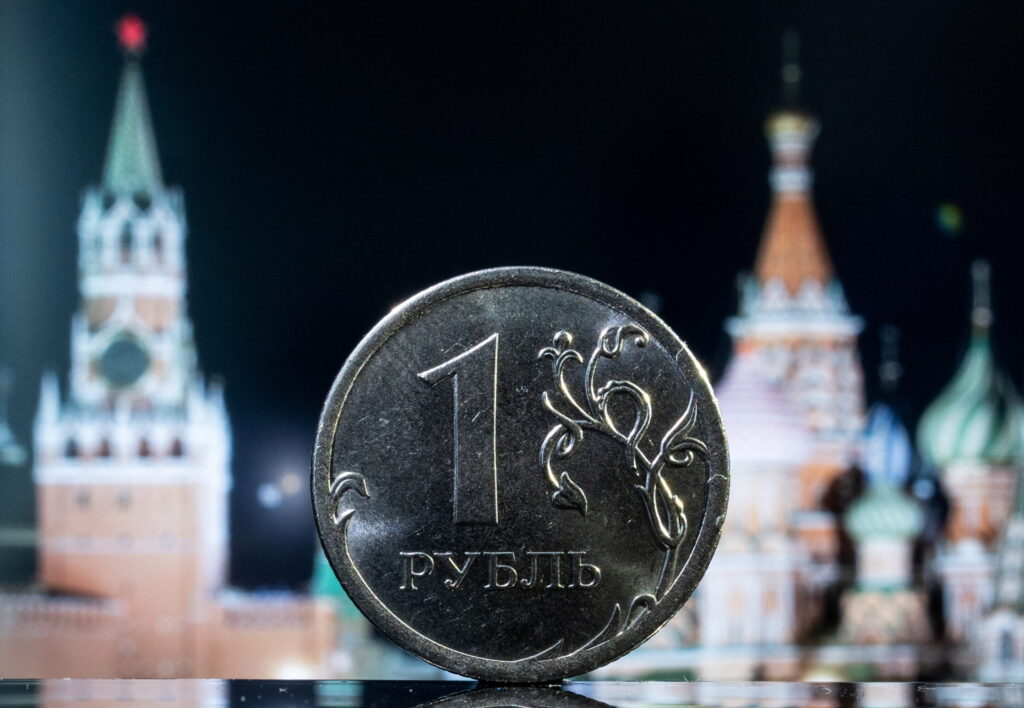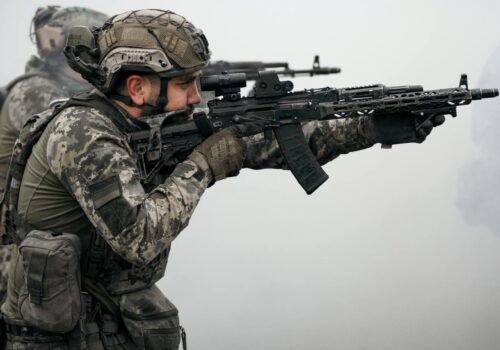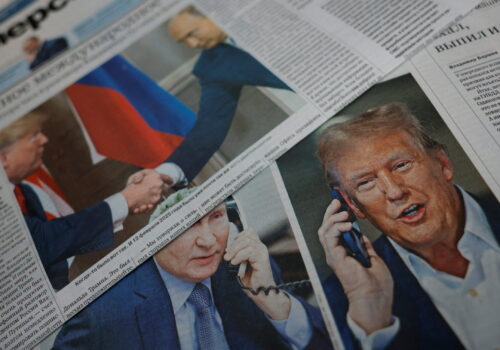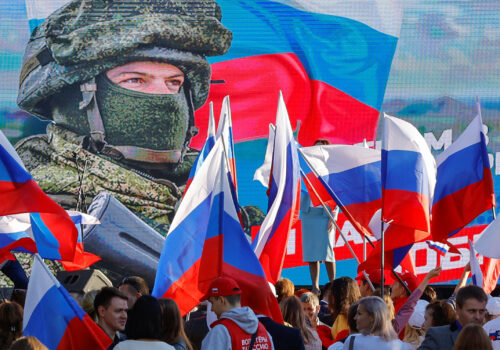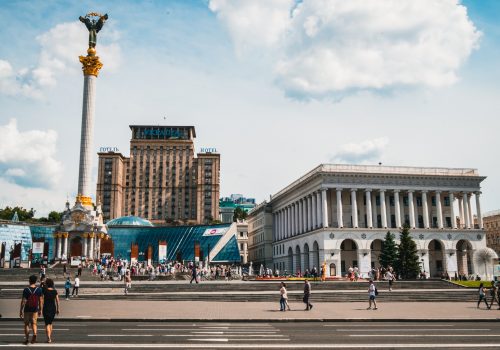A bipartisan group of United States senators have recently called on the Trump administration to consider handing Ukraine over $300 billion in frozen Russian assets. In a March 21 letter addressed to US Secretary of State Marco Rubio, senior Republicans including Lindsey Graham joined their Democrat colleagues in pressing for the frozen funds to be allocated to the Ukrainian war effort.
The appeal is part of a lively ongoing discussion on both sides of the Atlantic over the fate of hundreds of billions of dollars in Russian sovereign assets that have been frozen since Russia’s full-scale invasion of Ukraine began in February 2022. Over the past three years, many have advocated using the funds to back Ukraine’s defense or cover the costs of the country’s reconstruction, but a range of political, financial, and legal considerations have so far prevented any firm moves toward seizure.
Canada and the United States have both introduced legislation empowering governments to confiscate frozen Russian assets, while the French parliament recently passed a non-binding resolution on the use of frozen Russian funds to back Ukraine. Others such as Polish Prime Minister Donald Tusk have voiced their support for the initiative. For now, however, Ukraine’s international partners can only agree on using the interest from the frozen funds to cover loans for Kyiv.
Stay updated
As the world watches the Russian invasion of Ukraine unfold, UkraineAlert delivers the best Atlantic Council expert insight and analysis on Ukraine twice a week directly to your inbox.
Opponents say using Russia’s frozen assets to finance Ukraine’s defense and recovery could have far-reaching negative ramifications for the Western financial system that would outlast the current war. They warn that seizing Russia’s assets would undermine the international credibility of Western financial institutions, and may also lead to direct and indirect countermeasures from the Kremlin that could further fuel global instability.
Speaking at a gathering of EU leaders in Brussels in late March, Belgian Prime Minister Bart De Wever said any move to confiscate the Russian assets would be considered “an act of war.” The Belgian PM, whose country holds the largest share of the frozen Russian funds, warned that the proposed seizure would carry “systemic risks to the entire financial world system” and could spark retaliation, with any remaining Western assets located inside Russia likely to be targeted.
In addition to these considerations, the legal basis for the seizure of Russia’s frozen sovereign assets remains subject to considerable debate. Any court order commanding a government to seize Russian assets would be illegal under international law, Durham University professor of financial law Federico Luco Pasini told Euronews recently. However, if there was an executive decision by the government to seize the assets, “this could potentially bypass the issue,” Pasini stated. Others believe legal precedents exist, with some pointing to the use of frozen state assets to compensate victims of Iraq’s 1990 invasion of Kuwait.
Eurasia Center events

The idea of making Russia pay for the devastation it has caused in Ukraine has obvious appeal, with many seeing it as a form of international justice. Supporters believe the use of Russian funds would be particularly appropriate in this context, given the fact that few if any Kremlin officials are likely to be held legally accountable for war crimes committed in Ukraine. Using Russian money would also reduce the burden on taxpayers throughout the West and ease the political pressure on governments struggling to fund the largest European war since World War II.
Discussions over the possible transfer of frozen Russian assets to Ukraine have gained considerable momentum in recent months following the return of Donald Trump to the White House. The Trump administration’s decision to briefly pause military aid to Ukraine and the broader US foreign policy pivot away from Europe have highlighted the need to find alternatives to continued United States support for Ukraine.
The emergence of an axis of authoritarian regimes centered on Moscow is also now helping to convince many in the West that unprecedented measures are required. With North Korean soldiers fighting for Russia against Ukraine and Iran providing the Kremlin with large quantities of attack drones to bomb Ukrainian cities, there is a growing sense of insecurity in Western capitals. “Russia, China, Iran, and North Korea are hostile to democratic states’ interests and values. They are increasingly working together to undermine the international order,” noted former British Prime Minister Rishi Sunak in a recent article backing calls to hand Russia’s frozen assets to Ukraine.
Faced with the new geopolitical realities of an expansionist Russia and an isolationist United States, many policymakers across Europe may soon become more sympathetic to the idea of using Russia’s frozen sovereign assets to fund Ukraine’s ongoing fight for survival. However, there is still no consensus on the issue amid widespread reluctance to set what opponents believe would be a dangerous precedent. While supporters argue that the seizure of Russia’s assets could be legally justified, any decision will ultimately be a test of Western resolve and a matter of political will.
Mark Temnycky is a nonresident fellow at the Atlantic Council’s Eurasia Center and an accredited freelance journalist covering Eurasian affairs.
Further reading
The views expressed in UkraineAlert are solely those of the authors and do not necessarily reflect the views of the Atlantic Council, its staff, or its supporters.

The Eurasia Center’s mission is to enhance transatlantic cooperation in promoting stability, democratic values, and prosperity in Eurasia, from Eastern Europe and Turkey in the West to the Caucasus, Russia, and Central Asia in the East.
Follow us on social media
and support our work
Image: A Russian one rouble coin is pictured in front of a monitor showing St. Basil's Cathedral and a tower of Moscow's Kremlin in this illustration taken June 24, 2022. REUTERS/Maxim Shemetov/Illustration
